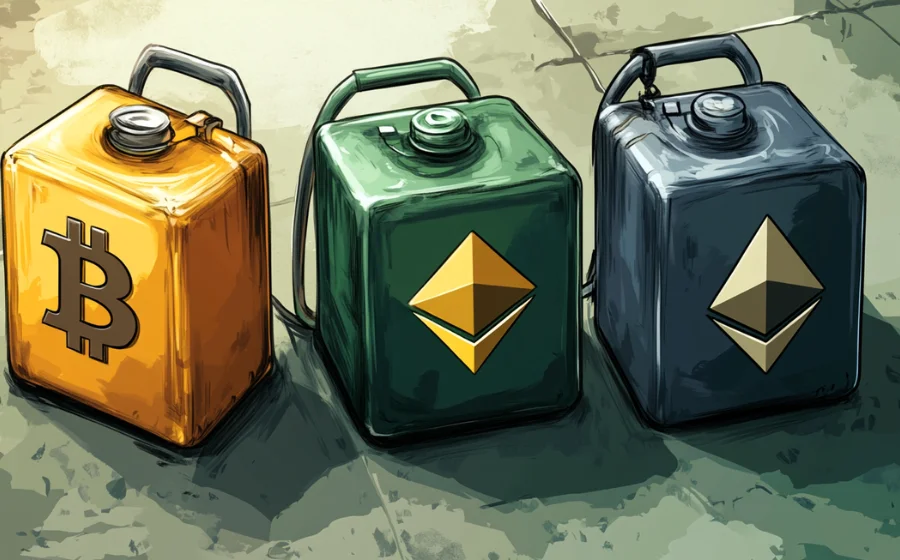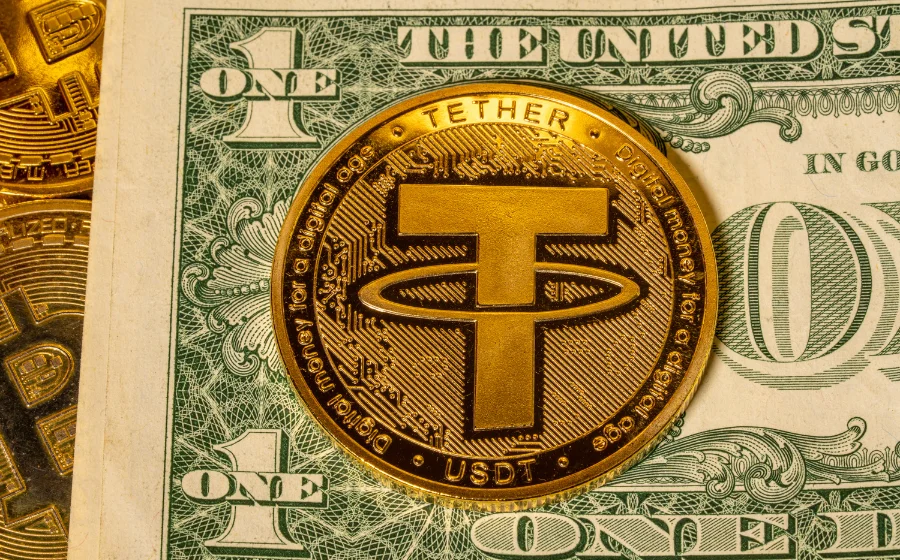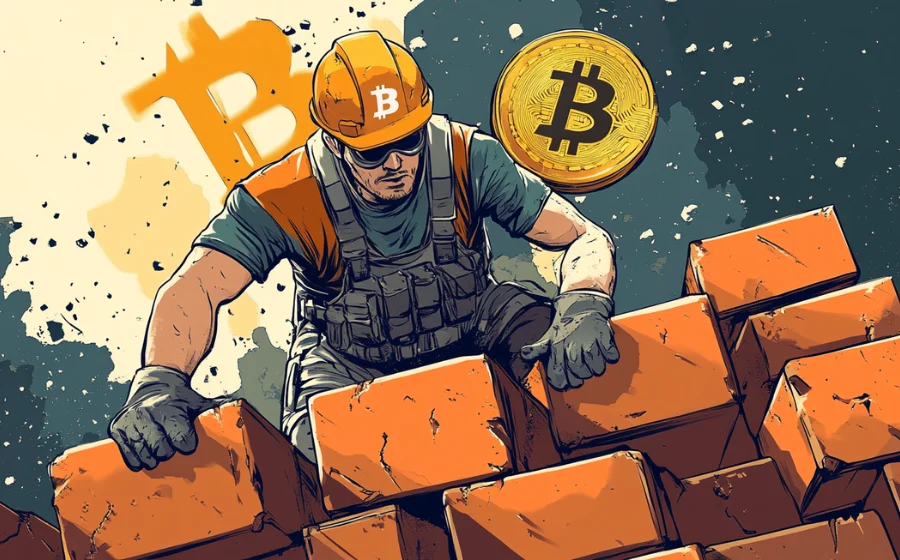
KEYTAKEAWAYS
- Gas fees are dynamic and depend on transaction complexity and network congestion, unlike fixed banking fees.
- Avoid peak hours and use Layer 2 solutions to significantly lower gas fees during blockchain transactions.
- Lowering gas prices can cut costs, but priority fees must not be set to zero to avoid transaction failure.

CONTENT
Gas fees are essential for blockchain transactions and smart contracts. Learn how they work, how to calculate them, and strategies to reduce costs.
WHAT IS GAS FEE?
Gas fees are mandatory charges required for processing transactions or executing smart contracts on blockchains like Ethereum.
Simply put, they function like transaction fees in banking, ensuring that operations are successfully completed and recorded on the blockchain.
Gas fees primarily compensate participants who maintain the blockchain network.
In Proof of Work (PoW) systems, gas fees go to miners, while in Proof of Stake (PoS) projects, they are rewarded to validators.
This fee plays a crucial role in keeping the blockchain secure and operational, which is why gas fees are often referred to as “miner fees.”
➤ When Do You Pay Gas Fees?
You need to pay gas fees in the following situations:
-
Transferring Tokens:
Sending ETH or other tokens from one wallet address to another requires a gas fee.
-
Executing Smart Contracts:
Performing operations like minting NFTs, engaging in DeFi transactions, or interacting with decentralized applications (DApps) on the blockchain involves gas fees.
Gas fees are not just a necessary cost but also an incentive mechanism that ensures transactions on the blockchain are processed quickly and securely.
>>> More to read: What is Blockchain and How Does It Work?
HOW IS GAS FEE CALCULATED?
In traditional banking, transaction fees are usually fixed. However, on blockchains, gas fees are dynamic and calculated using the following formula:
※ Gas Fee = Gas Limit × Gas Price
To simplify, think of transferring tokens as “moving house” – from address A to address B.
The gas fee is like the moving company’s charge, calculated by multiplying the total weight of your belongings by the price per kilogram.
➤ What is the Gas Limit?
Gas limit refers to the “fuel limit” or “fuel cap,” which represents the maximum amount of computational effort required for a transaction.
The more complex the transaction, the higher the gas limit needed – similar to how more luggage means higher moving costs.
When initiating a transaction, the blockchain estimates a gas limit. After the transaction is completed, any unused gas fee is refunded to your wallet.
Some tutorials translate gas limit as “fuel restriction,” but this can confuse beginners. “Limit” here is better understood as “cap” or “range” rather than “restriction.”
➤ What is a Gas Price?
Gas price is the cost per unit of gas, comparable to the price per kilogram for moving luggage.
On Ethereum, gas price is usually measured in Gwei:
1 Gwei = 0.000000001 ETH (one billionth of an ETH).
Since the Ethereum London upgrade (EIP-1559), gas price is calculated as:
Gas Price = Base Fee + Priority Fee
This works similarly to a salary, where base fee is the standard wage and priority fee is the bonus.
- Base Fee: The minimum fee required for a transaction, automatically adjusted based on network congestion.
- Priority Fee (Tip): An extra fee paid to miners to prioritize your transaction, speeding up the process.
A higher gas price ensures faster transaction processing, while a low gas price can lead to delays. If the priority fee is set too low, miners may ignore your transaction altogether.
➤ Recap of the Gas Fee Formula
※ Gas Fee = Gas Limit × Gas Price = Gas Limit × (Base Fee + Priority Fee)
Example:
Suppose:
- Gas Price is 20 Gwei
- Gas Limit is 100,000
Calculation:
Gas Fee = 20 Gwei × 100,000 = 2,000,000 Gwei = 0.002 ETH
Understanding how to calculate and adjust gas fees helps optimize transactions, ensuring faster processing while minimizing unnecessary costs.
>>> More to read: DePIN: How It Transforms Traditional IoT Networks
GAS FEES IMPORTANT CONSIDERATIONS
When participating in ICOs or conducting blockchain transactions, understanding how to manage gas fees is essential to avoid transaction failures and minimize costs. Here are key points to keep in mind:
1. Set a Higher Gas Limit for ICO Participation
ICOs (Initial Coin Offerings) often require more computational resources, which means a higher gas limit is necessary.
Failing to set a sufficient gas limit may result in the transaction failing. To ensure successful participation, always allocate enough gas limit.
2. Lower Gas Price, Not Gas Limit, to Save Costs
If you want to reduce gas fees, lower the gas price rather than the gas limit.
- Gas price reflects how much you are willing to pay per unit of gas to miners.
- Reducing gas price lowers overall transaction costs.
However, setting gas prices too low can lead to transaction delays or even rejection by miners. Always strike a balance to ensure your transaction is processed in a reasonable timeframe.
3. Unused Gas Is Refunded
If the gas limit you set exceeds the actual amount of gas needed for the transaction, the unused portion will be refunded to your wallet.
There is no need to worry about losing money by setting the gas limit too high.
4. Fees Apply Even if the Transaction Fails
Regardless of whether a transaction is successful or not, you must pay for the gas used during the attempt.
Once a transaction is broadcast to the blockchain network, miners receive compensation for their computational efforts, even if the operation fails.
5. Ensure Wallet Balance Covers Gas Fees
Before initiating a transaction, ensure your wallet has sufficient ETH (or the relevant token) to cover the gas fees. Insufficient funds for gas fees can result in transaction failure.
Properly managing gas fees ensures smoother blockchain interactions and avoids unnecessary costs or delays.
>>> More to read: Will Bitcoin Mining Make Money After 2024?
HOW TO SAVE ON GAS FEES
For regular users, the simplest and most effective way to reduce gas fees is to avoid transacting during peak network congestion times.
1. Avoid Peak Hours
Studies show that the highest gas fees typically occur between 8 AM and 1 AM (GMT+8).
This overlaps with the working hours in Europe and the US, when blockchain miners and users are most active, driving up network traffic and costs.
To save on gas fees, try to transact during off-peak hours, such as:
- 2 AM to 7 AM (GMT+8) – This period usually sees lower network activity, resulting in reduced transaction costs.
2. Lower the Priority Fee
If your transaction isn’t urgent, lowering the priority fee can help cut costs.
- Priority Fee is an incentive paid to miners, affecting how quickly your transaction is processed.
- Important: Do not set the priority fee to 0. If you do, miners may ignore your transaction, leading to delays or failures.
3. Use Layer 2 Scaling Solutions
Layer 2 solutions (such as Arbitrum, Optimism, and zkSync) process transactions off-chain, reducing the burden on the Ethereum mainnet and significantly lowering gas fees.
4. Utilize Gas Tokens
Gas tokens allow users to “pre-purchase” gas when fees are low and use it later during periods of high network activity.
This effectively hedges against rising gas costs and can lead to substantial savings during peak times.
5. Leverage DeFi Saver for Automation
Tools like DeFi Saver can automatically monitor network congestion and adjust your gas price and priority fee in real-time, ensuring you save on unnecessary expenses while still completing transactions efficiently.
By following these strategies, you can significantly reduce gas fees without compromising transaction success or security.
>>> More to read: How to Get Crypto Passive Income Easily?


















